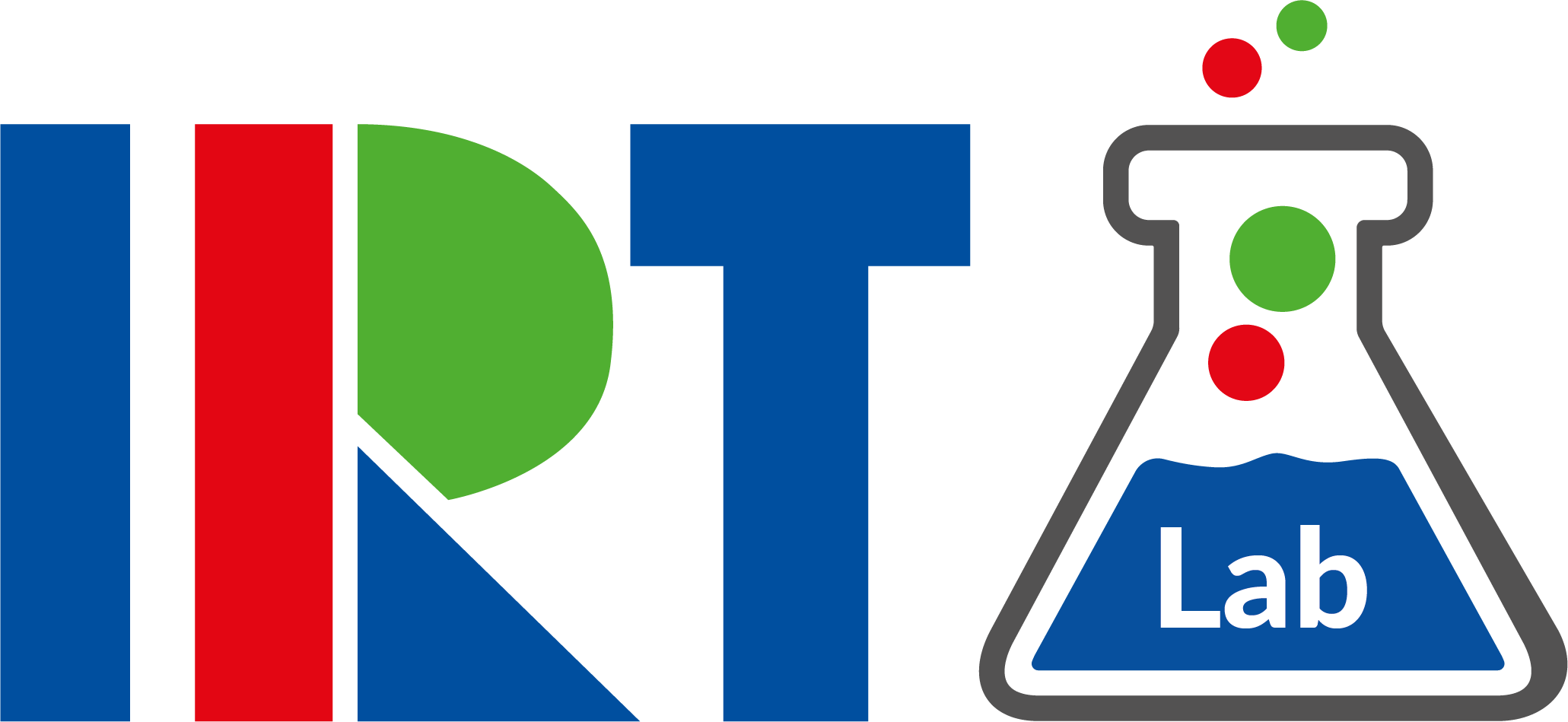Our efforts to establish a Next Generation Audio (NGA) production workflow based on open standards is still ongoing. Next Generation Audio is designed to deliver highly adaptable audio for immersive, more personalized experiences and accessibility services. The Audio Definition Model (ADM) and the EBU ADM Renderer (EAR) are the backbone of the production workflow we envision. The ADM is the dictionary of metadata used in NGA system (e.g. object position), which the EAR interprets and renders for a loudspeaker setup. Find out more about the ADM in our blog post about the release of two open source C++ libraries and watch the video explaining the EAR we made for the IBC.
The ADM intentionally supports a wide variety of use cases, from simple legacy channel-based file exchange to a full featured object-based production. This makes it very flexible, which is a good thing, but this flexibility comes at the cost of complexity. To keep the complexity in check, enable interoperability and simplify implementations it is a good idea to define a set of restrictions on top of the ADM – restrictions which reflect the needs of different use cases. This is where ADM profiles join the game.
As a first step towards a full set of profiles for the broadcast production workflow, we used the experience gained during the development of the EAR and specified the EBU ADM Broadcast Production Profile. The profile was recently published as EBU Tech 3392. The profile is already a comprehensive specification, but still subject to change as interoperability is key to make the ADM a success. So, we encourage everybody implementing the ADM for their products to get in contact, share their experience and provide feedback, that we can improve the profile even further.
Due to the lack of a standardized serialized version of the ADM for live production, the ADM Broadcast Production Profile mainly targets the file based production. But nonetheless the restrictions introduced by the profile will also be useful in a serialized version. And watch out: The publication of a serialized version of the ADM as an ITU-R Recommendation is imminent and we are prepared to participate in developing the missing links to move from a file based only to a live NGA production – after all most broadcast productions are live. So stay tuned.
Still a lot of work needs to be done to roll out an open NGA broadcast production on a large scale, but we are looking forward to it. An exciting time for audio in broadcasting lies ahead of us, for both the industry and the consumers. Let us enjoy it!


